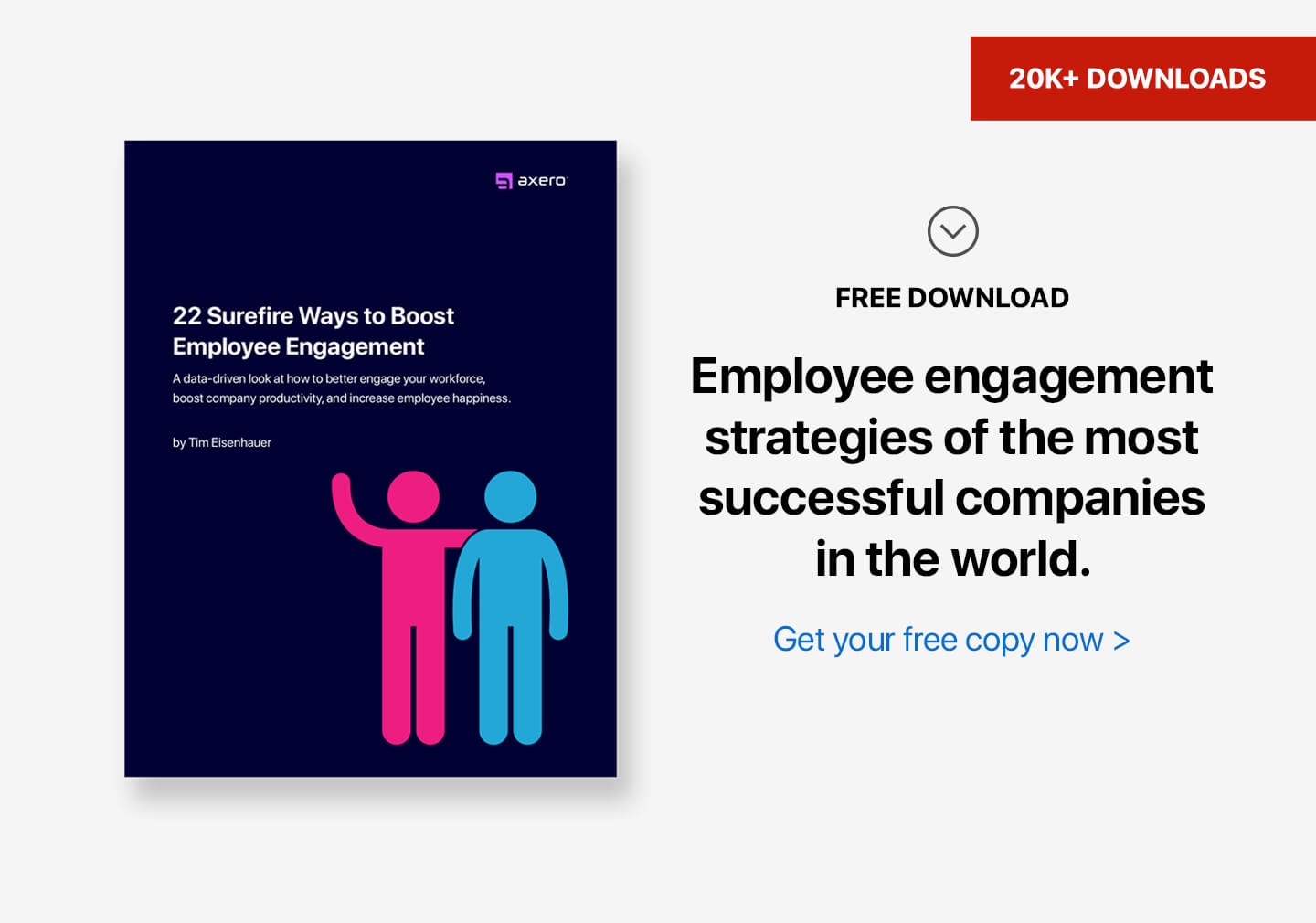Mindfulness has emerged as a major buzzword over the past couple years. What was once relegated to the New Age fringes of mainstream society now crops up everywhere, from Silicon Valley board rooms to guidelines for healthy eating.
Today, the concept of mindfulness extends far beyond the yoga mat, and is viewed as a mental state from which to approach our personal lives, education and work.
Mindfulness is “a state of active, open attention on the present.” Harvard psychology professor Ellen Langer has spent four decades studying mindfulness. She found that people who are mindful observe their surroundings and actively notice things. They are sensitive to context and perspective, and they are engaged in the moment. They see things, but do not pass judgement on them. Mindfulness, she finds, can reduce stress, unlock creativity, and boost performance.
However, in the chaos and complexity of today’s world, achieving a state of mindfulness is difficult. There are so many distractions competing for our time, and for the uninitiated, cultivating mindfulness can seem exhausting or even boring. A mindful approach to projects, whether it’s an assignment at work, learning a new skill, or even strengthening personal relationships, can have a powerful impact on your ability to achieve them, as well as your enjoyment in them.
Here are six tips that can help you be more present and mindful when tackling whatever is in front of you.
1. Slow Down.
Technological progress has created a world where things move at breakneck speed. Text messages, emails, tweets and news articles fly around at a dizzying pace. Mobile technology means we can always be connected, always working, and always searching for the next thing.
Being mindful requires slowing down. Mindfulness involves taking stock of the moment, noticing the things around you, and being thoughtful about approaching them. If you want to adopt a mindful approach to eating, slowness is key. Rather than eating on-the-go or gobbling something down just because it is there, you listen to what your body is telling you, choose foods thoughtfully, and savor what you eat. If you are trying to learn Spanish, don’t rush the process. Take the time to absorb information and continuously reinforce it. Learning five new words a day is a more valuable use of your time than learning 20 and forgetting them.
2. One Thing at a Time.
People today are compulsive multitaskers. In one study from California State University, students’ on-task behavior began declining after two minutes. All our various devices serve as enablers. We look at our phone while answering email or answer email in a meeting. We check Facebook in the middle of a project. We have Twitter in a second window while we work.
Research now shows that multitasking hurts our brains and our productivity. MIT neuroscientist Earl Miller wrote that our brains are “not wired to multitask well.” We may think we are multitasking, but we are actually switching between tasks rapidly, and this comes with a “cognitive cost.” A study from the University of London found that multitasking lowers work quality and efficiency.
Mindfulness requires focusing on one thing at a time. It means zeroing in on the present and letting all concerns and anxieties fade away. If this is hard for you, then take steps to remove the multitasking temptation. Close out of your email as you write a document. Put your phone in another room until you need it. Before you get started on a project, decide how long you want to work it. Set a milestone you want to hit before you take a break. Once you get into the flow state, time will fly.
3. Think Before You Open Your Mouth.
Most of us remember our parents telling us to “think before we speak”. Children don’t have the same filters as adults about the things they say, but while we may know the importance of forethought in our heads, those lessons can quickly fall in the heat of the moment.
Thinking before you open your mouth is a key tenant of practicing mindfulness. The words that we speak have an impact, even if we don’t think they do. Sometimes in our culture it can seem like whoever talks first, the most, or the loudest “wins.” And in constant connectivity of the digital age, it is all too easy to send a tweet, text message, an email or a Facebook post saying something we don’t really mean. Just look at how many reputations have been brought down by an ill-advised comment that rapidly ricocheted across the Internet. Or think about how many fights between friends or romantic partners are fueled by words said in anger and emotion, which are regretted the next day.
What colors your words is your intention, not the actual words you use. Mindful words are imperative in the workplace. Even the most casual workplaces have professional standards. As someone low on the totem pole, the things you say help shape your opportunities to succeed within the company and the way you get along with your coworkers. As a manager, you win your reports’ loyalty by treating them with respect. You might offhandedly share an idea for a project, which someone on your team then dedicates hours to implementing. Or a meeting that should have taken 30 minutes extends to two hours because everyone is talking just to be heard. Mindful speaking keeps people working efficiently.
4. Break it up Into Parts or a To-do List.
Large goals and challenges always seem daunting at the outset because there is so much to get done. Whether you are trying to master a musical instrument, build a new app, or run a marathon, the beginning of the journey can seem crushing in all that lays ahead. How can I run 26 miles if I struggle to run 2? Breaking up the project into parts or writing a prioritized to-do list makes the goals more manageable. 26 miles may seem undoable, but adding a mile a week to your run is within the realm of possibility.
This strategy also promotes mindfulness because it enables you to focus more on the task at hand. Rather than getting bogged down by all you have to do in the future, you can dedicate your attention to achieving the day’s goal. This focus on the present reduces your stress levels and engenders higher quality work.
5. Take Time to do Nothing.
The idea of “doing nothing” can seem frightening in today’s world. Mobile devices mean people can work for all their waking hours. And our society glorifies workaholics. Social media displays all the interesting things our friends are doing, which can lead to feeling guilty about taking time for ourselves. What’s resting on the couch compared to seeing a live music show or hitting up that networking event?
Our bodies and brains need rest to recharge. Going too hard all the time ultimately leads to burnout or means we give less than our all to the things that matter. It’s exhausting to have every minute of the day accounted for, and this can include leisure activities like watching Netflix or hanging out at a bar.
Doing nothing opens up space to meditate, which does not necessarily mean you have to sit in lotus pose with your eyes closed. It does mean, however, that you carve out space to be still and mindful, to take care of your “mental hygiene.” Even 20 minutes a day can have a dramatic effect. The benefits of meditation are huge. It reduces stress, improves concentration, encourages healthy living, increases self-awareness and happiness, helps you feel more connected and appreciative, slows aging, and promotes good sleep.
6. Keep a Journal.
Journaling is an excellent way to cultivate mindfulness because it prompts you to dedicate time to reflection. When you commit to keeping a journal, you commit to actively and carefully considering your surroundings and emotions, which is Professor Langer’s definition of mindfulness. Even if your entries are short or haphazardly written, and even if you never read them again, the act of writing itself can be soothing. They force you to think about things more deeply than you would have otherwise. You may notice things you had not noticed before. This creates an opportunity to make positive changes. You may even dream up brilliant business ideas or work through an issue that has been irking you at the office.
In Conclusion
Professionals today dedicate huge amounts of time and effort to optimizing efficiency and creativity. The intense commitment we give to our work often makes it difficult to adequately nurture our physical, mental and emotional health. And this, paradoxically, can cause our productivity, as well as our relationships, to suffer. Mindfulness is not a magic bullet, but it’s an accessible way to approach the world in a way that enables you to live a better life.













 info@axerosolutions.com
info@axerosolutions.com 1-855-AXERO-55
1-855-AXERO-55


